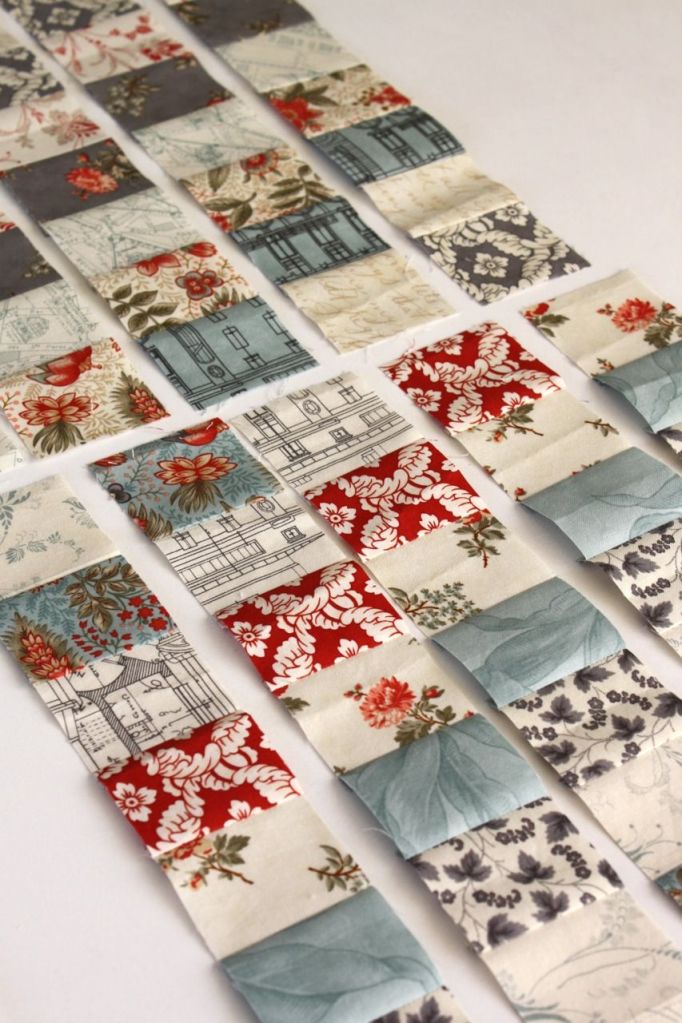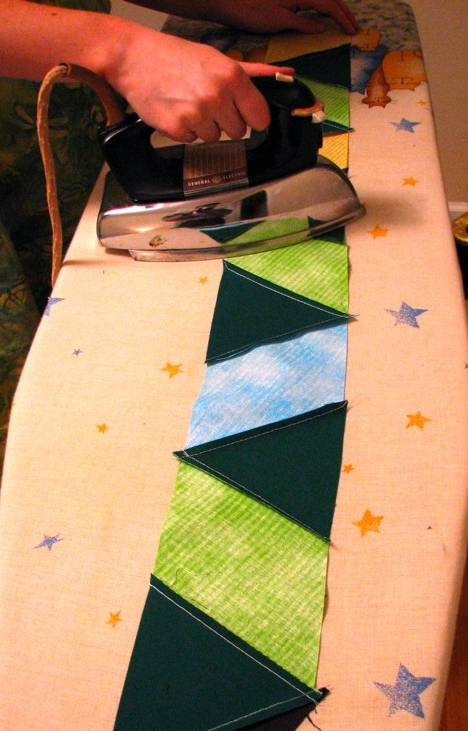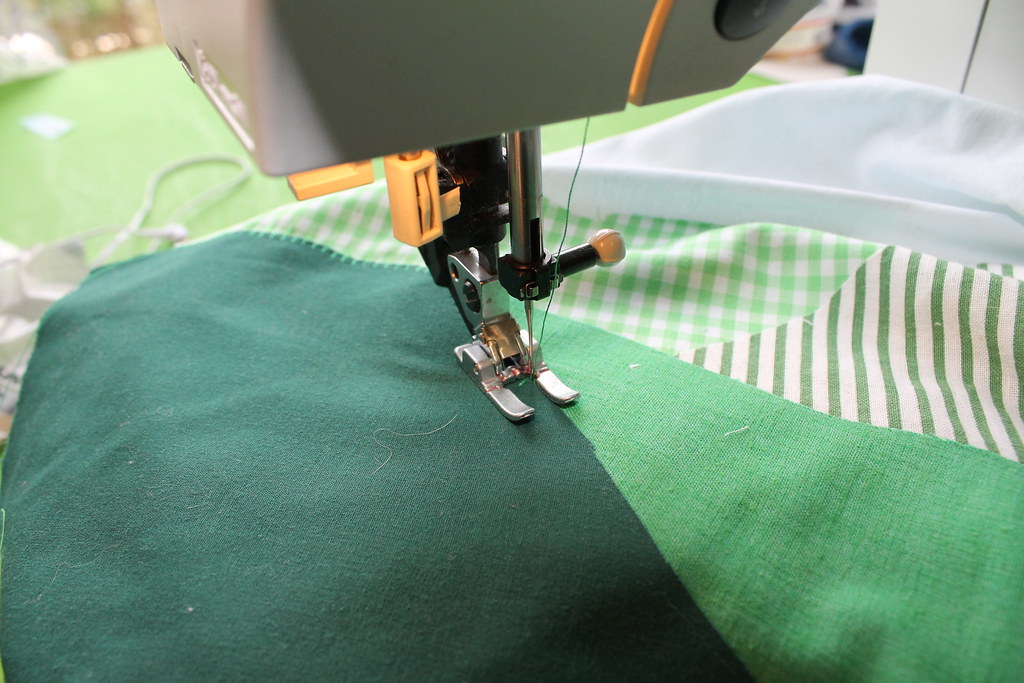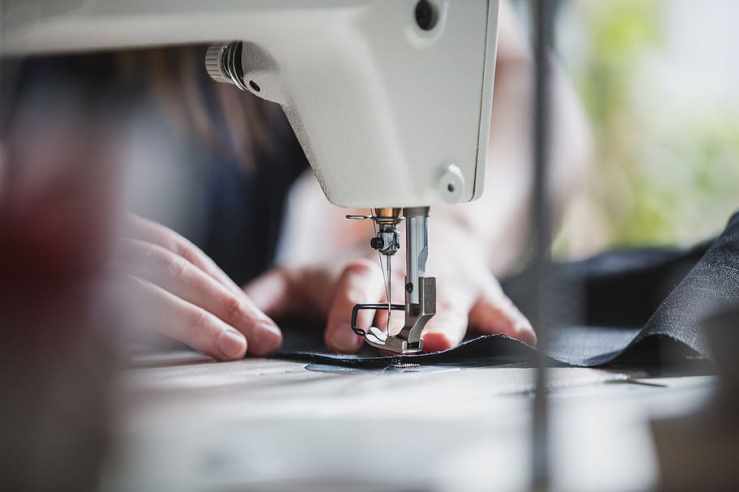I consider quilting to be a liberating activity that allows me to express my artistic qualities but concede that it can also be incredibly time consuming. What is a great shortcut that can cut that time in half yet produce an excellent piece that can be greatly enjoyed by all? Strip piecing, of course. The process is incredibly quick and easy but the finished work will have designs that are fresh and eye-catching. Strip piecing also eliminates the headache of working with small pieces of fabric and rather focuses on utilizing big pieces to create unique patterns. Let’s find out more about strip piecing quilts and how you can create your next quilt with this method.

Strip piecing is a technique that is done by sewing together several fabrics together, cutting them into bite-size pieces, or ‘sets’, placing these sets together in different patterns to create quilt blocks, and combining the quilt blocks to produce a quilt. It sounds easy enough, doesn’t it? It is a great project to start with for many beginning quilters and often times yields fantastic looking quilts. Some quilters may run into issues such as distortions and wrong-sizing of the sets during strip piecing which are very common. Always remember to plan well and measure correctly when you are strip piecing as you are working with sets which are produced through sewing of several fabrics. The seams may eat up more inches that you may have anticipated or the pressing was not adequate enough, both of which would result in smaller sized sets and eventually distortion of the quilt blocks.
I like to follow the mantra, KISS – keep it simple stupid. Quilting can be arduous but there are many shortcuts that can be taken to lighten the load of the labor. Strip piecing is definitely one of my favorite techniques and should be utilized when you are looking for a quick and easy way to produce a quilt!








